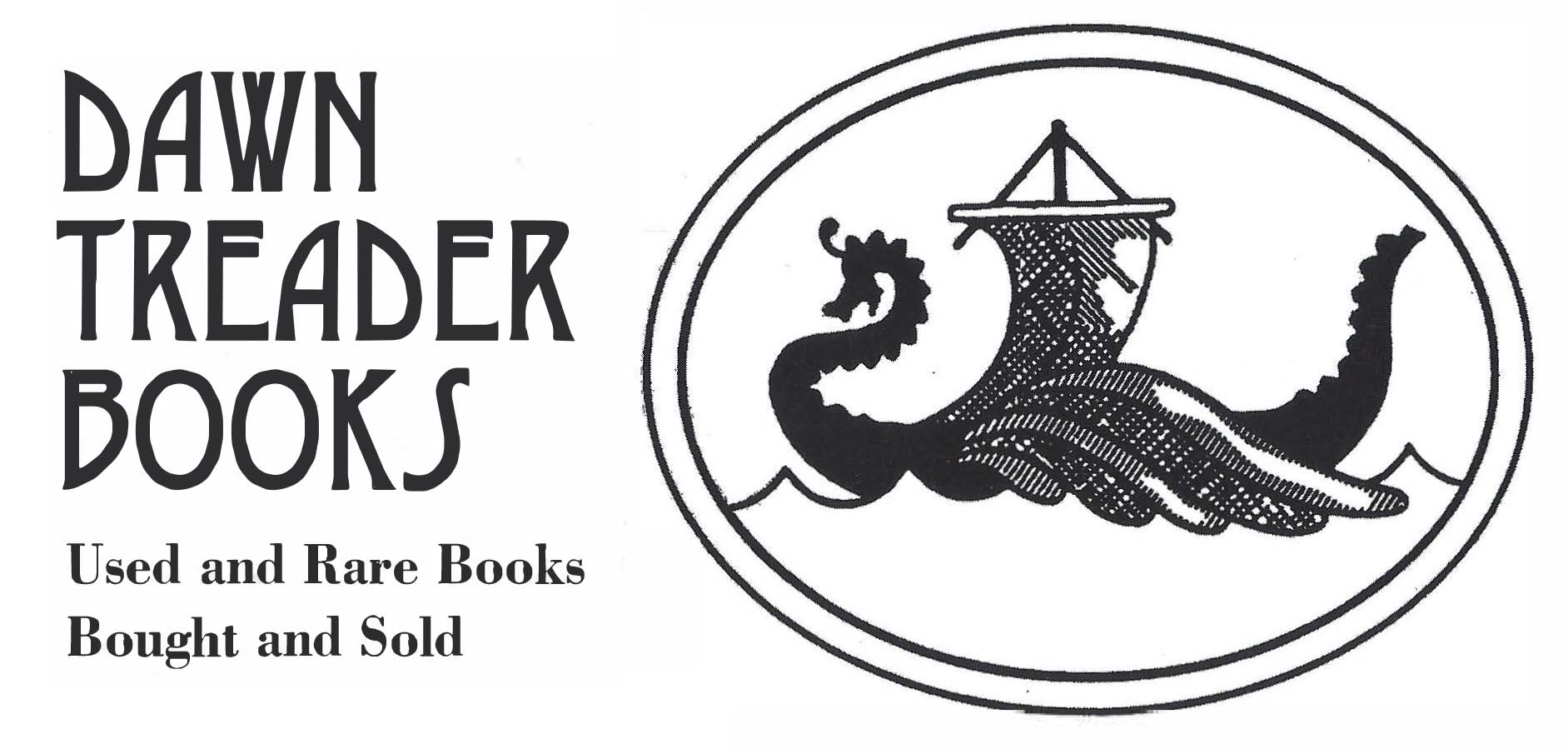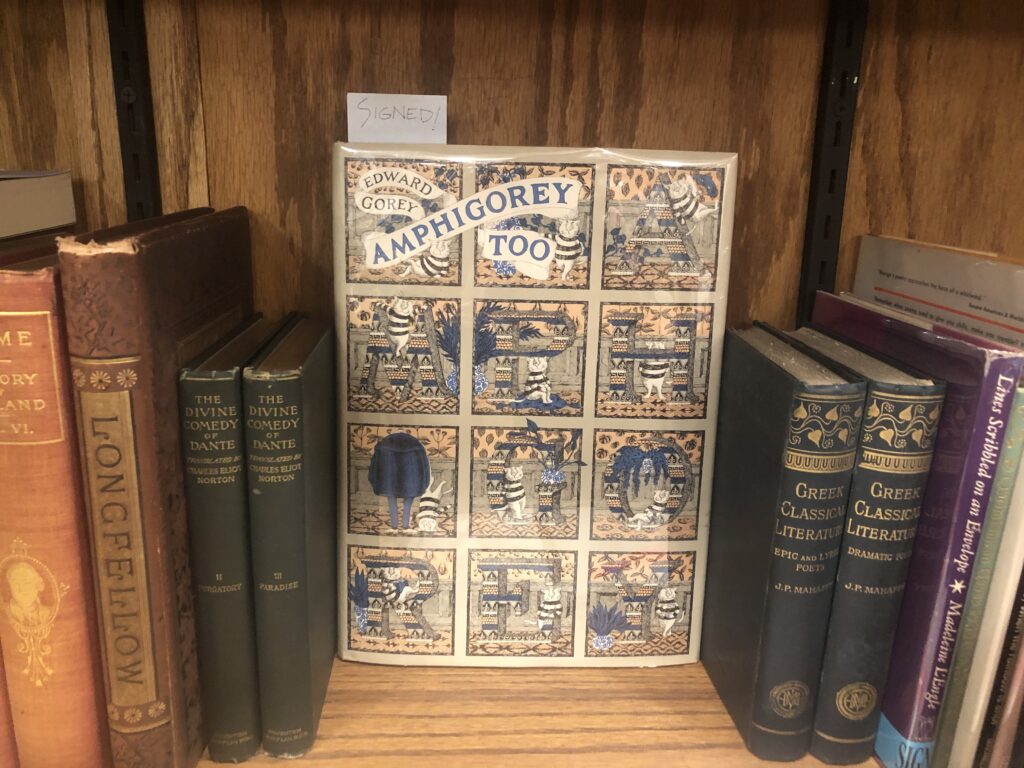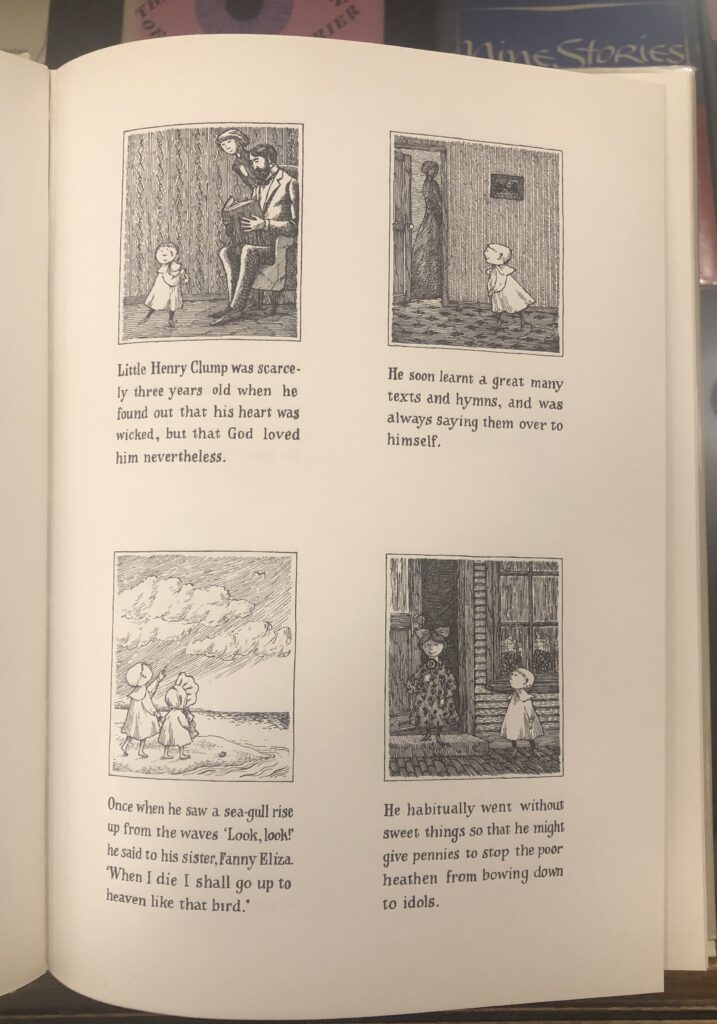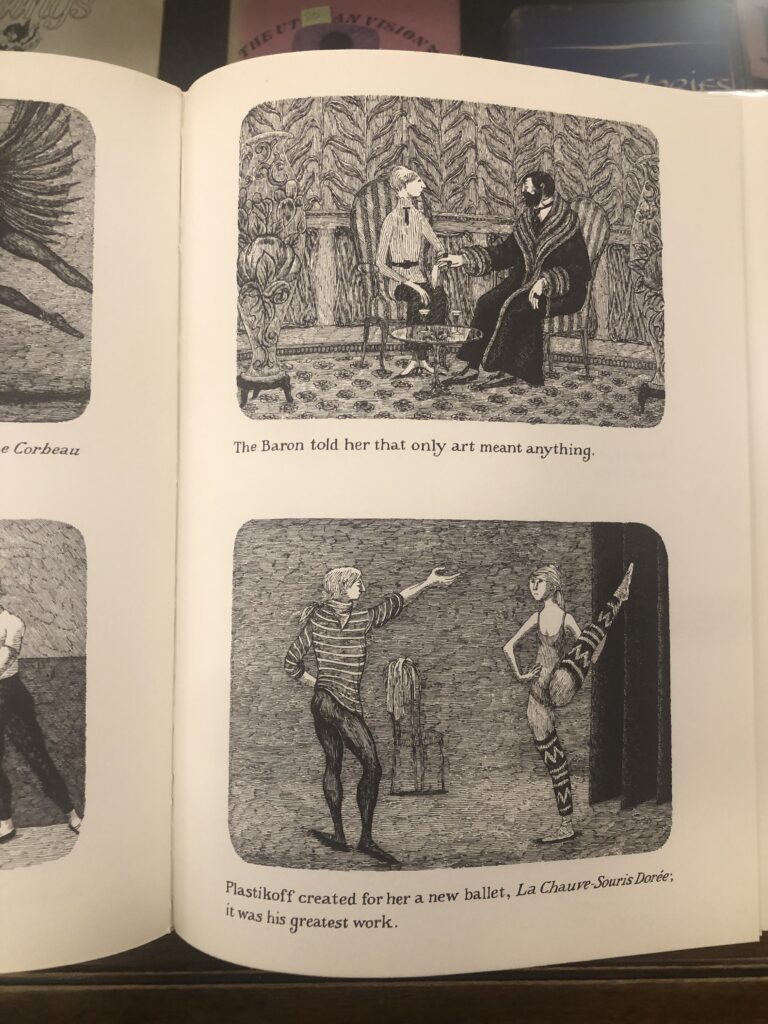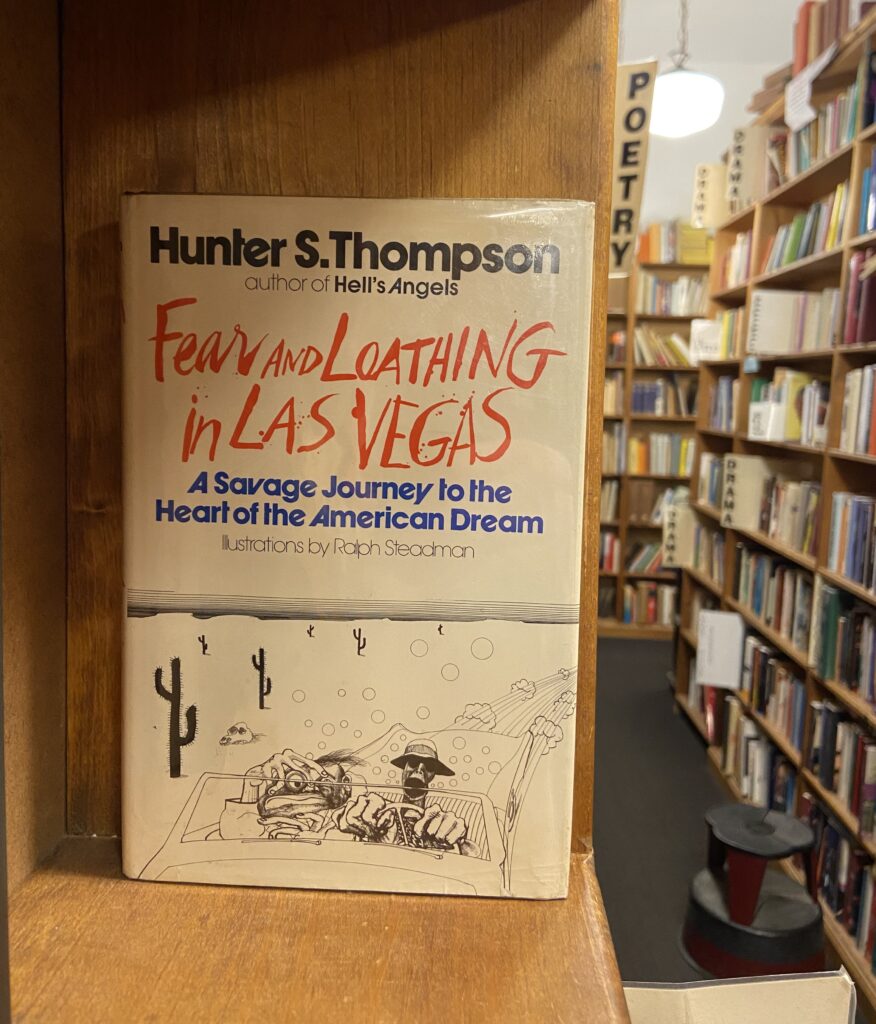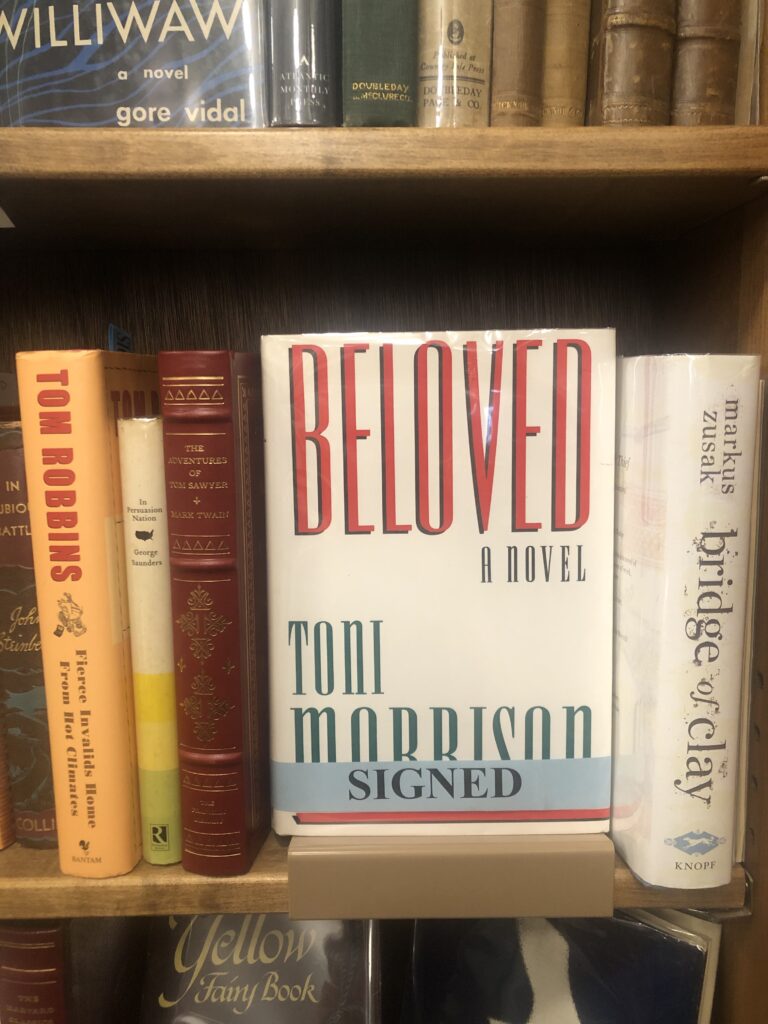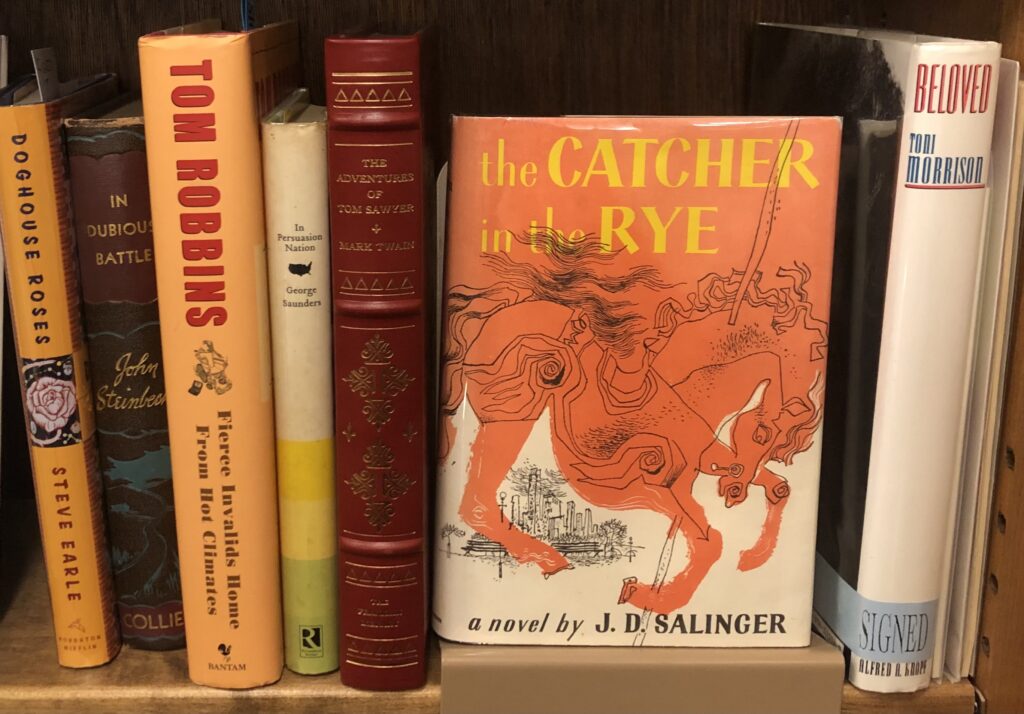by Stephen King
First Edition, First Printing | Viking | 1986
Update: This book has been sold! Come by the store for more Stephen King titles.
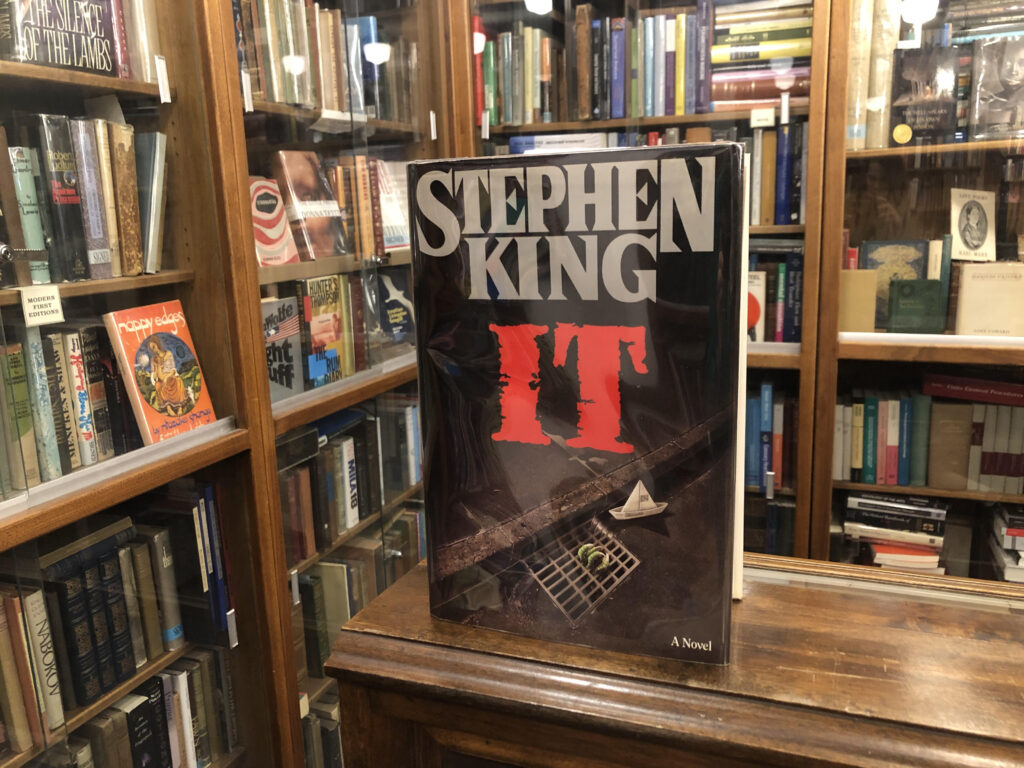
Since his Carrie-induced rise to fame in 1974, the name “Stephen King” has been synonymous with “horror.” King has been credited with the revival of the genre in the late 20th century, and remains prolific to this day. IT is one of King’s longest novels, coming in at 1,138 pages. But King’s voracious readers were up to the task, and the book was an ’86 blockbuster hit.
Often, first editions are valuable be cause they’re rare. When Pride and Prejudice was published, only 1,500 copies were printed in the initial run; the same was the case for The Hobbit. Casino Royale‘s first print run was 4,700 copies. But while IT‘s first printing saw the production of 800,000 copies, this edition has retained its value. This is due, in part, to its enduring influence on pop culture (the 2017 film adaptation in particular brought the book back into the public eye), and partly to its status as an essential classic of the horror genre. IT pours nightmare fuel on a bildungsroman, grounding the reader in a relatable, comfortable world of misfit kids searching for belonging. Then King turns the world on its head, with a killer clown, an alternate universe, and a mystic turtle, among other monstrous surprises — IT has long been lauded as a feat of the imagination.
Next time you’re in town, pass by our storefront to catch a glimpse of this gem of the genre, along with a few other early editions of King’s books!
